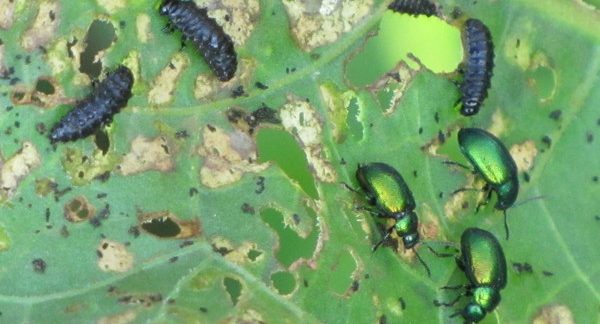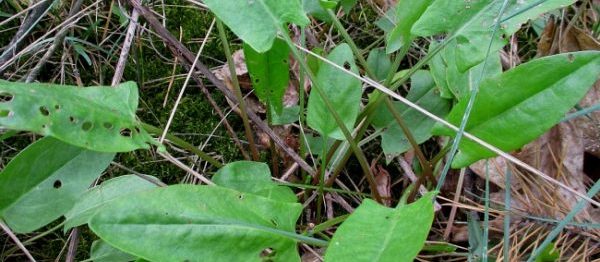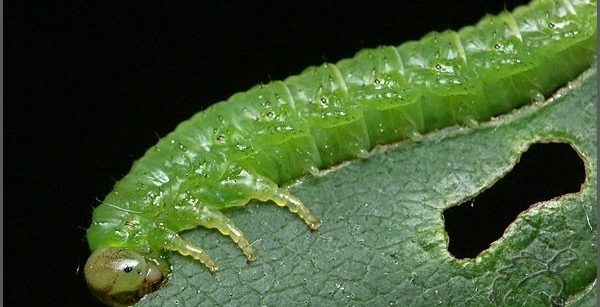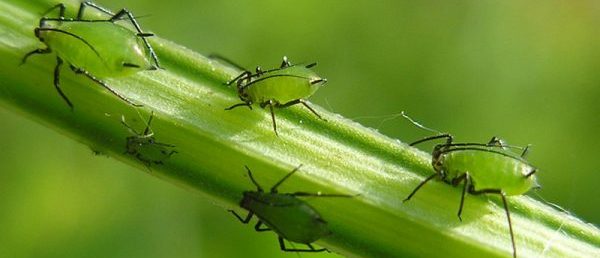Sorrel pests and the fight against them in folk ways
Content
How to deal with pests
It would seem that the leaves of sorrel are so sour that not a single pest will flatter them. But with the beginning of summer, they can surprise the summer resident with a change in color, holes, then it is already clearly visible that someone else will remove the crop - the leaves are so badly eaten. Unpretentious bushes that easily endured the winter may stop growing and even dry out in the middle of summer.
All this indicates a pest attack. They themselves are not averse to eating the leaves or roots of the plant, in addition, they also carry all sorts of diseases. Correct agricultural technique involves growing sorrel in one place for no longer than 3-4 years. The meaning of this, among other things, is also in the desire to protect plants from diseases and parasites. If you do not allow weeds on the garden bed, remove plant residues in time, this will greatly increase the chances of eating the crop yourself, but still will not save the owners from pest control if they have already appeared in the garden.
Of course, modern science can offer many means, the impact of which will quickly get rid of uninvited guests. But these same remedies will make the use of sorrel dangerous for our health. That is why the processing of plantings with them should be carried out in the fall, and not in the middle of the season. Many people prefer to fight diseases and pests with folk remedies, they usually involve protecting plants with natural remedies. The best and most harmless way of fighting parasites is their mechanical extermination, but it is not always effective.
Planting aromatic herbs, such as coriander or basil, chamomile or calendula, often helps scare off pests. For each parasite, there are special means, the effectiveness of which has been tested by time.
Video "Protection of plants from pests"
Informational video with helpful tips for protecting plants from pests.
Leaf beetle
The holes in the leaves are most likely the work of the leaf beetle. At the end of wintering, which he spends in the beetle stage, he begins to actively eat sorrel leaves. It lays eggs on the back of the leaves; during the summer, 2 or even 3 generations of parasites develop, which actively feed on the plant. The best remedy for it is pyrethrum tincture, this wonderful flower can decorate flower beds, and its tincture can save the sorrel crop. She needs to spray the plants several times over the summer.
Aphid
If aphids appear on the site, and they first settle on shrubs or trees, then this is a direct threat to the leaves and the entire sorrel plant. Aphids eat leaves of bushes and trees while they are young, as soon as they become coarse (or they do not remain at all), the aphid prefers to move to the garden, vegetables, and among them sorrel, become its target.Aphids multiply very quickly, live on the underside of the leaves, suck the juice out of them. The result is yellowing, wilting of greenery, weakening of the roots, and death of the plant.
Aphids provoke the appearance of another pest - a spider mite, which is evidenced by a cobweb that begins to appear on inflorescences or young leaves. As a preventive measure, the expulsion of ants from the site, which diligently care for aphids and protect them, can serve. It is good if ladybugs or lacewings settle in the garden - they will be able to save vegetables. They fight aphids with infusions or decoctions of tomato herbs, burdock, dandelion, garlic. You can use an infusion of ash mixed with laundry soap.
Sorrel sawfly
This insect with two pairs of wings also gives several generations over the summer, which actively feed on sorrel greens. The closer the autumn, the greater the damage from it, the caterpillars of the sorrel sawer eat up the leaf completely, leaving only a skeleton of veins. It hibernates as an adult insect under plant debris. It is possible to save the garden from it only if there are no weeds on it, and the ground will not be covered with plant debris. And chamomile tincture will help fight - they make an infusion, add laundry soap to it, spray sorrel in a week.
Winter scoop
A butterfly with brown, very dark, almost black wings appears at the end of May, it brings a lot of trouble to the gardens, as its caterpillar feeds on the leaves of vegetables. It grows up to 5 cm, leaves large holes on the leaves of sorrel, and gnaws at the plants near the ground closer to autumn. It hibernates in the soil, loves deposits of plant residues. To get rid of it, you need to dig deep into the soil in the fall. It is distracted from sorrel by placing or hanging vessels with molasses or something fermenting at a height of 1 m above the ground.
Then there is a chance that she simply will not notice him, which means that she will not settle her gluttonous offspring on him. To defeat a winter scoop that has settled in the garden, burdock infusion is perfect. They need to process the plants 3-4 times a week.
Wireworms
If a clicker beetle is a small creature (up to 1.5 cm) in the garden, then the sorrel is in trouble. It hibernates in the soil; with the beginning of summer, females lay eggs almost at the very surface. The larvae, and these are wireworms, develop underground for a long time - 3 - 4 years, feed on underground parts of plants. The drier the earth becomes, the deeper they burrow into it, feeding on the roots. Pupation occurs at a depth of 15 cm.
Wireworms love acidic soils, an abundance of weeds. If you do not allow the growth of weeds, especially wheatgrass, deacidify the soil, dig it well to a depth of 20 cm, do not leave the sorrel to grow in one place for many years, then there is a chance to protect it from the larvae of the click beetle. These larvae leave wire passages in root crops and are very fond of potatoes. Here, you can distract the wireworm from the sorrel by spreading the cut potatoes between the plants on the surface.
Sorrel greens can also harm slugs if it is too humid in the garden. They are fought with the help of bitter pepper tincture. Sorrel roots are often eaten away by bears, if they are already on the site. But it does not mean at all that all diseases and pests will attack your sorrel at the same time. With proper care, it usually grows well and pleases its owners with vitamin leaves.
Video "How to get rid of aphids on any plant"
Demonstration video on how you can get rid of aphids on any plant.






